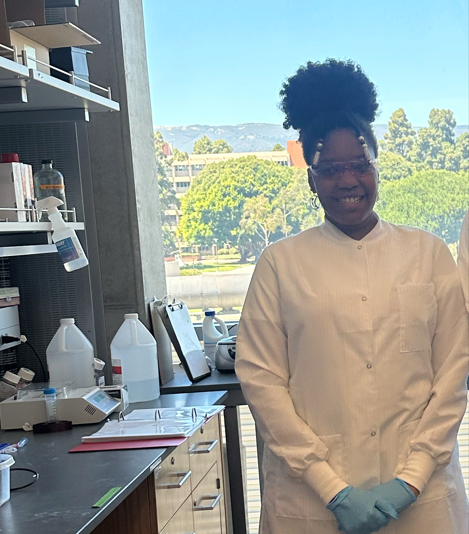
Biomaterials offer tailorable solutions to repair wounds, but infections of these materials are one of the most common complications that limit the use of these implants in regenerative medicine applications. While antibiotics are commonly used to prevent and disrupt infections, this strategy is limited by antibiotic-resistant bacteria and the formation of biofilms, or protective matrices secreted by bacteria. We believe that bacterial extracellular vesicles (B-EV), which are carrier vesicles about 30–200 nm in diameter, could act as a vehicle for uncacpsulated antibiotics to bypass biofilm matrices.
Unencapsulated antibiotics, such as Gentamicin, are ineffective against biofilm due to the high antibiotic resistance. In response, the task of finding a suitable vessel to contain gram-positive sensitive antibiotics has intensified. The hypotheses in existing literature claim that the death of infectious sites like biofilm created by S. aureus is dependent on the compatibility of the surface proteins of the nanoparticle the antibiotic is loaded in. This study is geared towards extracting carrier nanoparticles called Extracellular Vesicles (EV) from lab grown biofilm produced by Staph infections and using their surface proteins as a false positive to other biofilm structures as a way to deliver our chosen antibiotics inside a biofilm without inciting an immunogenic response. Using methods like sonication, electroporation, and direct incubation we will load the antibiotics into the isolated EV, then we will observe the efficiency of the antibiotics against the bacteria within the biofilm shield and the biofilm matrix itself using Transmission and Scanning Electron Microscopy. This study will ultimately evaluate the efficacy of antibiotic distribution in biofilm structures for the purpose of increasing their usage within biomaterial implants.